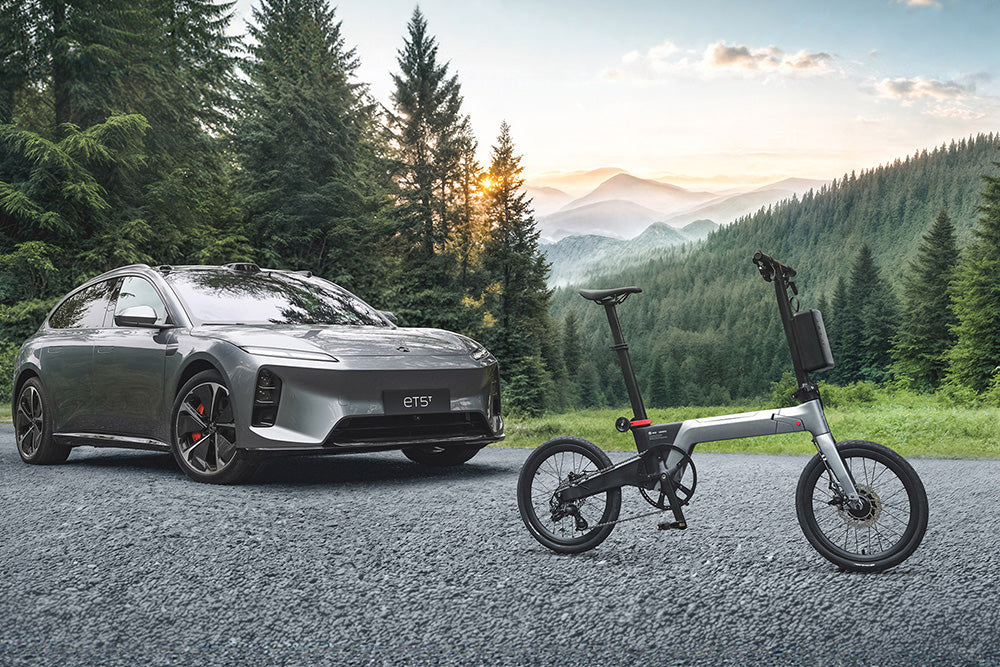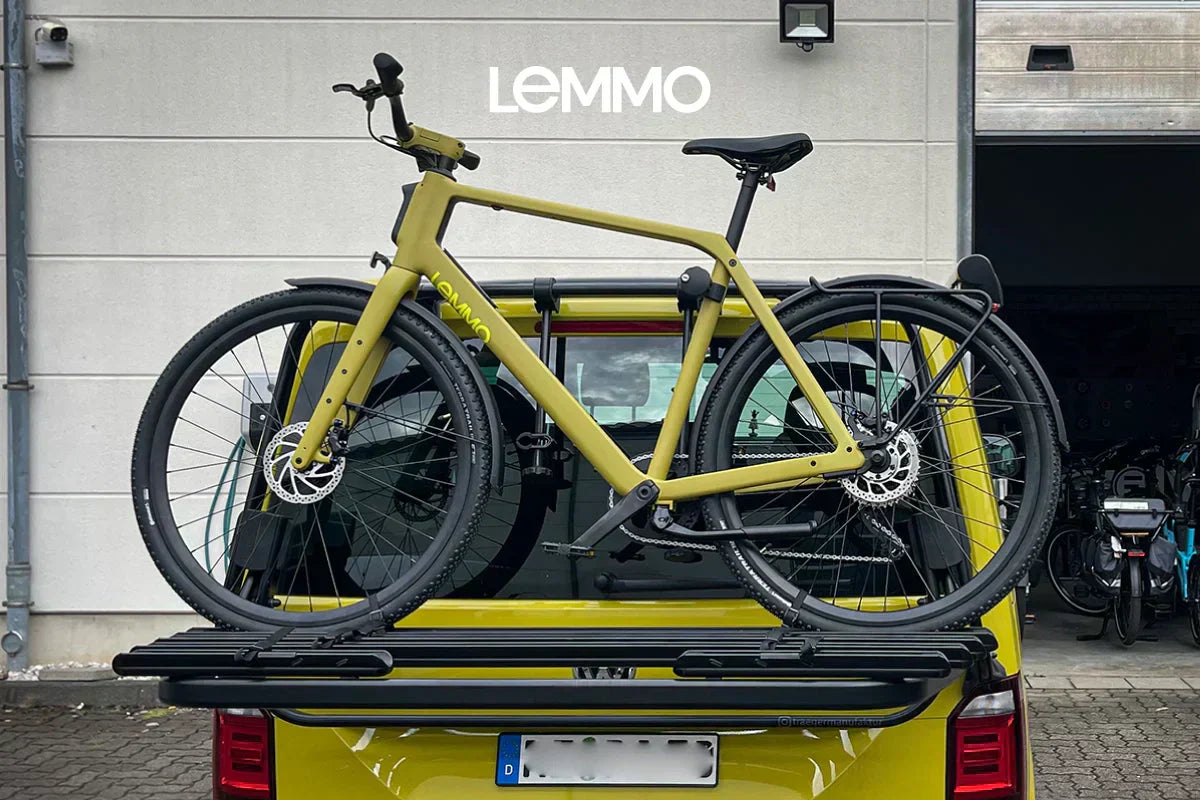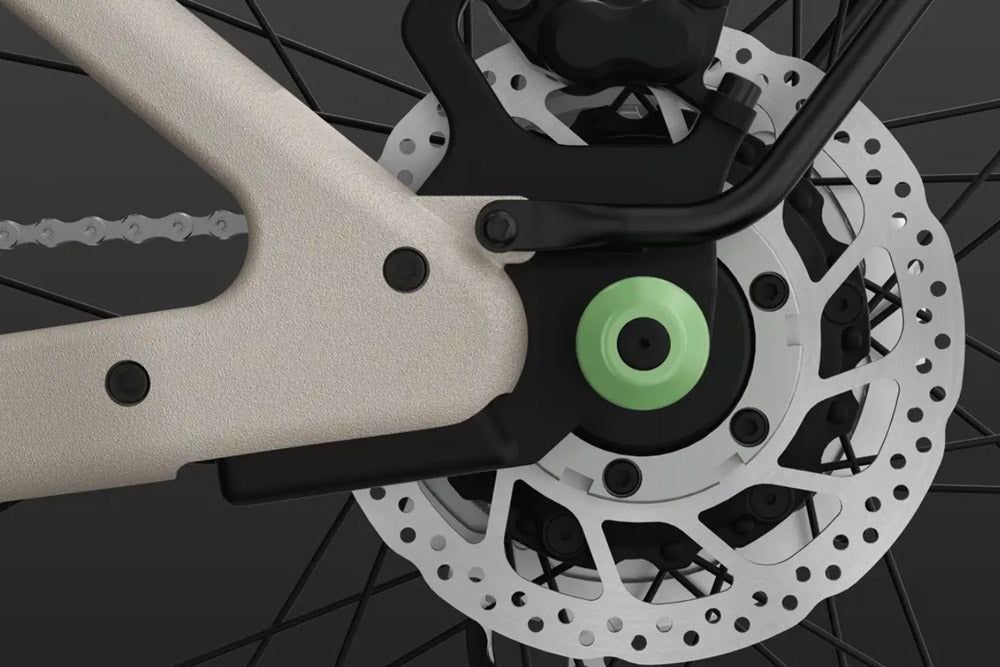Introduction
E-bikes, or electric bicycles, have become a popular and efficient mode of transportation. These bicycles are equipped with an electric motor that provides assistance while pedaling, offering a smooth and enjoyable riding experience. The increasing popularity of e-bikes stems from their convenience, environmental friendliness, and the freedom they provide to riders.The e-bike market is experiencing a boom, and the creative minds in manufacturing companies are continuously introducing new types of e-bikes. While e-mountain bikes continue to top the sales charts and excite the hearts of sports-oriented e-bike enthusiasts, city, urban, SUV, cargo, or gravel e-bikes are also gaining significant popularity. But what do these categories mean, and which e-bike concept best suits individual needs? Choosing the right e-bike is a crucial decision that depends on several factors. Making the right choice ensures that your e-bike aligns with your lifestyle, riding habits, and the terrain you want to tackle. In this article, we will explain the different types of e-bikes and help you find the right bicycle type for you.

Understanding your needs
Assessing your riding conditions
The first step in selecting the right e-bike is to evaluate your riding conditions. Do you primarily use it for your daily commute, adventurous weekend trips, or a mix of both? Understanding how often and where you intend to ride will influence the type of e-bike that best suits your lifestyle.
Identifying your terrain
Take into account the terrain of your typical routes. Whether you ride on hills, rugged off-road trails, or smooth city streets, different e-bikes are designed for specific terrains. Identifying your typical riding environment will help in choosing an e-bike with the appropriate features and specifications.
Setting a budget
E-bikes come in a wide price range, and setting a budget is crucial. Consider how much you are willing to invest in your e-bike, taking into account additional costs for accessories and maintenance. Setting a budget will help narrow down your options and ensure you get the best value for your investment.
Types of e-bikes
E-City Bikes
Designed for urban commuting, these e-bikes prioritize comfort, efficiency, and practical features. E-city bikes often have a sleek design, integrated lights, and fenders, making them ideal for daily transportation.
E-Mountain Bikes
Built for off-road adventures, e-mountain bikes feature sturdy frames, powerful motors, and enhanced suspension systems. They are capable of tackling challenging terrains and provide an exhilarating experience for off-road enthusiasts.
E-Folding Bikes
Perfect for individuals with limited storage space, folding e-bikes offer compactness and convenience. They are easily foldable, allowing for easy transportation on public transit or storage in small spaces.
E-Cargo Bikes
Designed for transporting heavy loads, cargo e-bikes feature a robust construction and a spacious cargo area. They are ideal for carrying groceries, luggage, or even children, providing a practical solution for daily errands.

Key factors to consider
Motor Power and Assistance Levels
The power of the e-bike motor significantly influences its performance. Motors are categorized by wattage, with higher wattages indicating more powerful motors. Also, consider the offered assistance levels as some e-bikes provide multiple modes for different levels of assistance.
Battery Capacity and Range
The battery is a crucial component that determines how far you can ride on a single charge. Take into account the battery capacity (measured in watt-hours) and the estimated range. Factors such as terrain, rider weight, and assistance level will affect the actual range.
Frame Material and Design
E-bikes are available in various frame designs, including aluminum, steel, and carbon fiber. The choice of material influences the weight of the e-bike, its durability, and the overall riding experience. Consider whether you prefer a step-through or crossbar frame based on ease of mounting and dismounting.
Suspension and Tire Options
For off-road or bumpy trails, suspension is crucial. Some e-bikes feature front fork suspension or full suspension for enhanced comfort and control. Tire options, including width and tread pattern, should also align with your preferences and the surfaces you intend to ride on.
Conclusion - Your path to the perfect e-bike
Thorough research is the key to selecting the right e-bike. Compare different models, read reviews from other riders, and seek expert opinions. The time you invest in research will pay off when you find the e-bike that meets all your requirements.
If you're unsure or need further information, don't hesitate to consult professionals. Visit local bike shops, talk to experts, and test ride different models. The guidance of professionals can provide valuable insights and ensure you make the right decision.
Choosing the suitable e-bike requires time, consideration, and research. By understanding your needs, selecting the right type of e-bike, considering important features, conducting thorough research, and consulting professionals, you can ensure that your e-bike not only enhances your commute but also provides long-lasting riding enjoyment. It's an investment in your mobility and well-being, so take the time you need to make the right decision.




